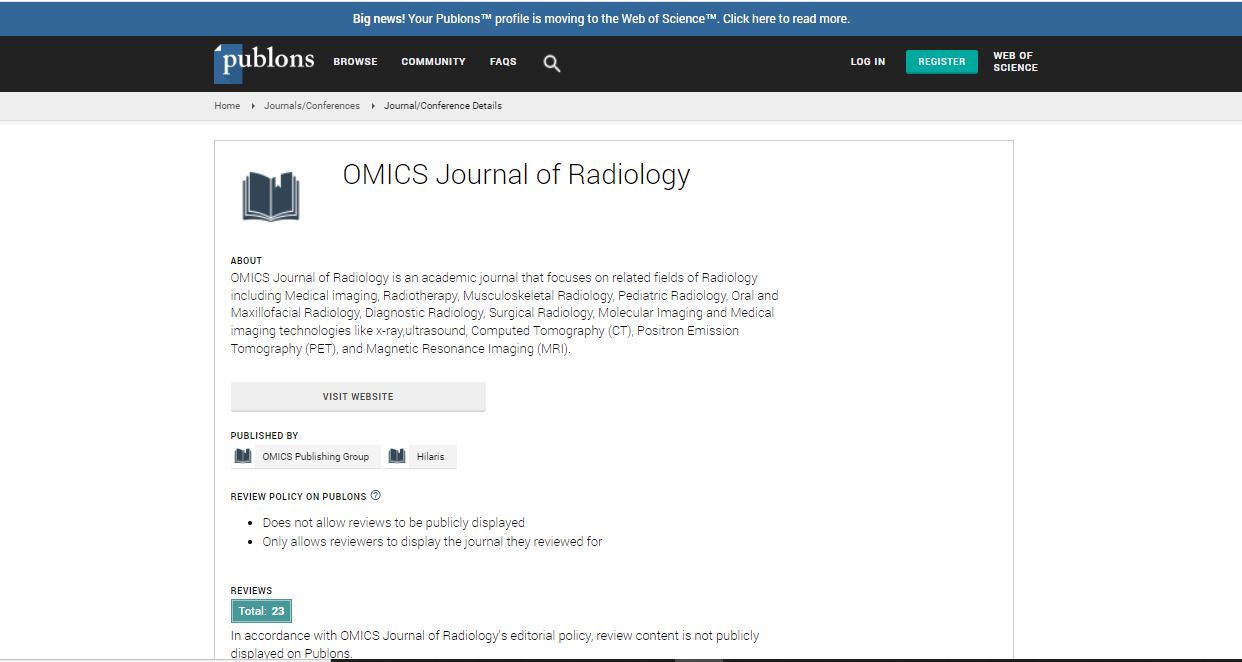Conference Proceeding
Evaluation of Multi-Slice Computed Tomography in Assessment of Cochlear Implant Electrode Position: A Pictorial Essay
| Fatemeh Nasri*, Hashem Sharifian, Mehrzad Mehdizadeh and Mohammad Pir Hayati | |
| Department of Radiology, Iranshahr University of Medical Science, Iran | |
| *Corresponding Author : | Fatemeh Nasri Department of Radiology, Iranshahr University of Medical Science, Iran Tel: +989122904262 E-mail: Fatemeh.nasri. 62@gmail.com |
| Received date: January 20, 2016; Accepted date: March 10, 2016; Published date: March 14, 2016 | |
| Citation: Nasri F, Sharifian H, Mehdizadeh M, Hayati MP (2016) Evaluation of Multi-Slice Computed Tomography in Assessment of Cochlear Implant Electrode Position: A Pictorial Essay. OMICS J Radiol 5:217. doi:10.4172/2167-7964.1000217 | |
| Copyright: © 2016 Nasri F, et al. This is an open-access article distributed under the terms of the Creative Commons Attribution License, which permits unrestricted use, distribution, and reproduction in any medium, provided the original author and source are credited. | |
Abstract
Cochlear implant has become the standard therapy to rehabilitate patients with severe to profound bilateral sensorineural hearing loss. The position of the electrode in the scala and the depth of its insertion have been shown to be predicting factors of hearing outcomes. This article serves to review the multi-slice computed tomography imaging characteristics and appearance of cochlear implant, their exact position and the depth of insertion in children who underwent cochlear implant surgery. Moreover, in order to evaluate the impact of the electrode position on clinical results following cochlear implant surgery, in this study we also compared the findings on the electrode location with the results of audiometry of children after one year of follow up. Finding the best location for the electrode results in better audiometric outcomes.

 Spanish
Spanish  Chinese
Chinese  Russian
Russian  German
German  French
French  Japanese
Japanese  Portuguese
Portuguese  Hindi
Hindi 
